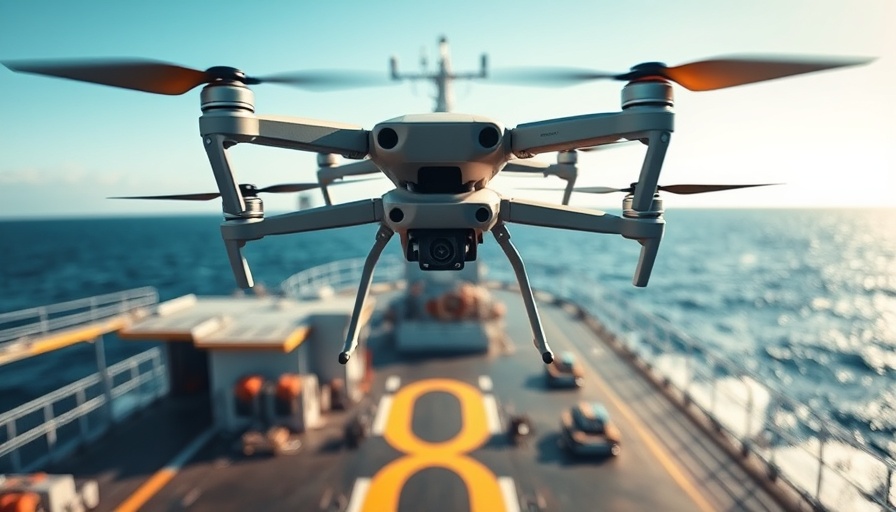
V-BAT: A New Milestone in Maritime Operations
In an era where technological advancements redefine military and maritime operations, Shield AI’s V-BAT unmanned aircraft system (UAS) stands out as a testament to innovation. Recently, the V-BAT 5.3 achieved a significant milestone by passing Operational Test & Evaluation (OT&E) with the U.S. Coast Guard, scoring 100% on all key performance metrics during four days of rigorous flight testing.
Transforming Military Efficiency
The successful operational testing aboard the Coast Guard Cutter Midgett not only signifies that the UAS meets the stringent requirements set before it but also marks the beginning of a new chapter in unmanned maritime operations. As pointed out by Brandon Tseng, President of Shield AI, the integration of V-BAT reflects a shift in maritime strategies under the Force Design 2028 initiative. This initiative aims to reshape how operations are conducted on the sea, enhancing efficiency and effectiveness.
Significance of the $198 Million Contract
The contract awarded in June 2024, valued at $198 million, is set to deliver Intelligence, Surveillance, and Reconnaissance (ISR) services using the V-BAT platform. Such a financial commitment highlights the U.S. Coast Guard's trust in the capabilities of this technology and its anticipated role in bolstering national security.
What Makes the V-BAT Unique?
What distinguishes the V-BAT from other UAS technologies is its design and operational capacity. Its single-engine, ducted-fan VTOL design allows it to launch and recover autonomously, a feature that reduces the need for personnel deployment. This capability is critical not only for military operations but also for coastal surveillance, search and rescue missions, and environmental monitoring. This versatility positions the V-BAT not just as a military asset, but as a functional tool for various maritime operations.
Future Possibilities with Unmanned Systems
As the V-BAT transitions into regular operations, it paves the way for the future of unmanned systems in maritime operations. The technology has the potential to extend beyond military use, influencing commercial maritime operations, disaster response, and environmental monitoring. This transition to unmanned systems promises not only to enhance operational capabilities but also to inspire new methodologies in how these operations are envisioned and executed.
Conclusion
The V-BAT’s impressive results in operational evaluation indicate that unmanned systems are set to revolutionize maritime operations. The resonance of this technology's success should be a call to action for industry professionals and enthusiasts alike to explore the broader implications of drone technology on various sectors. With its enhanced capabilities, the V-BAT serves as an emblem of what the future holds for unmanned aerial systems.
 Add Row
Add Row  Add
Add 




Write A Comment